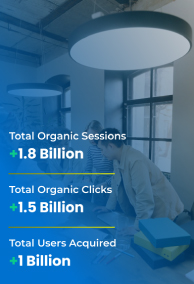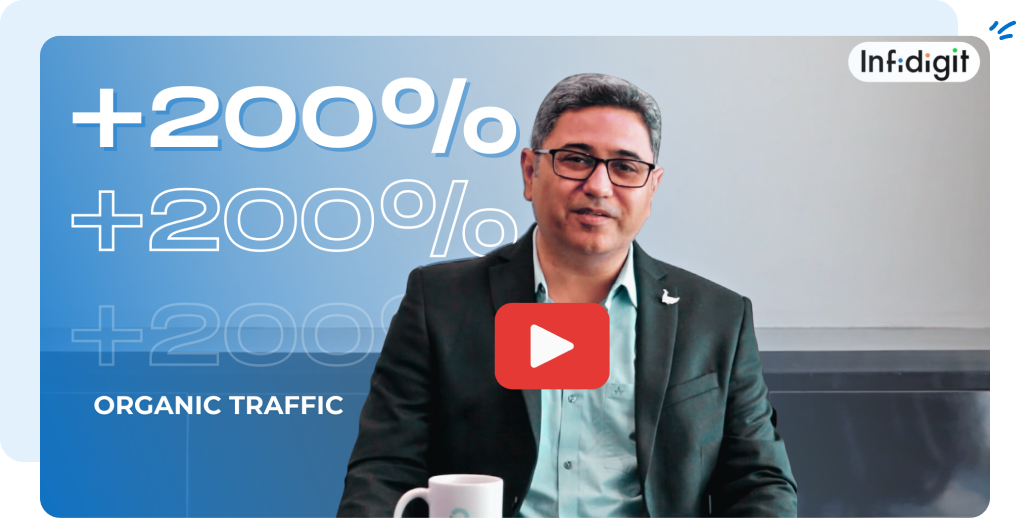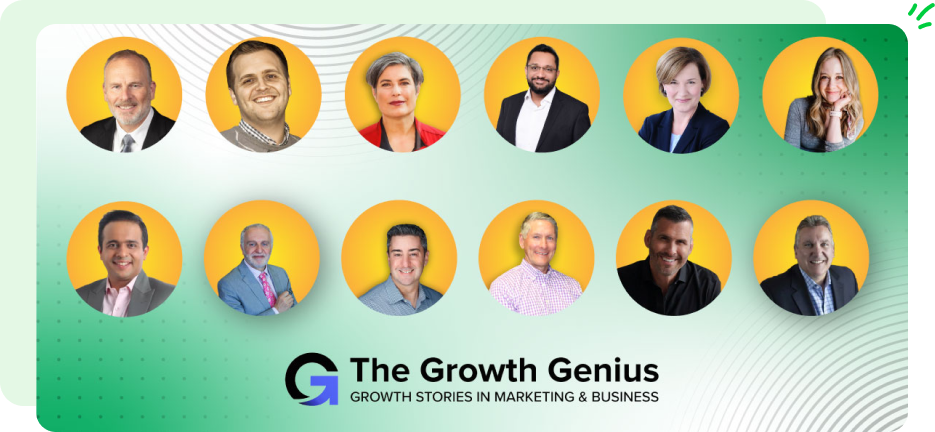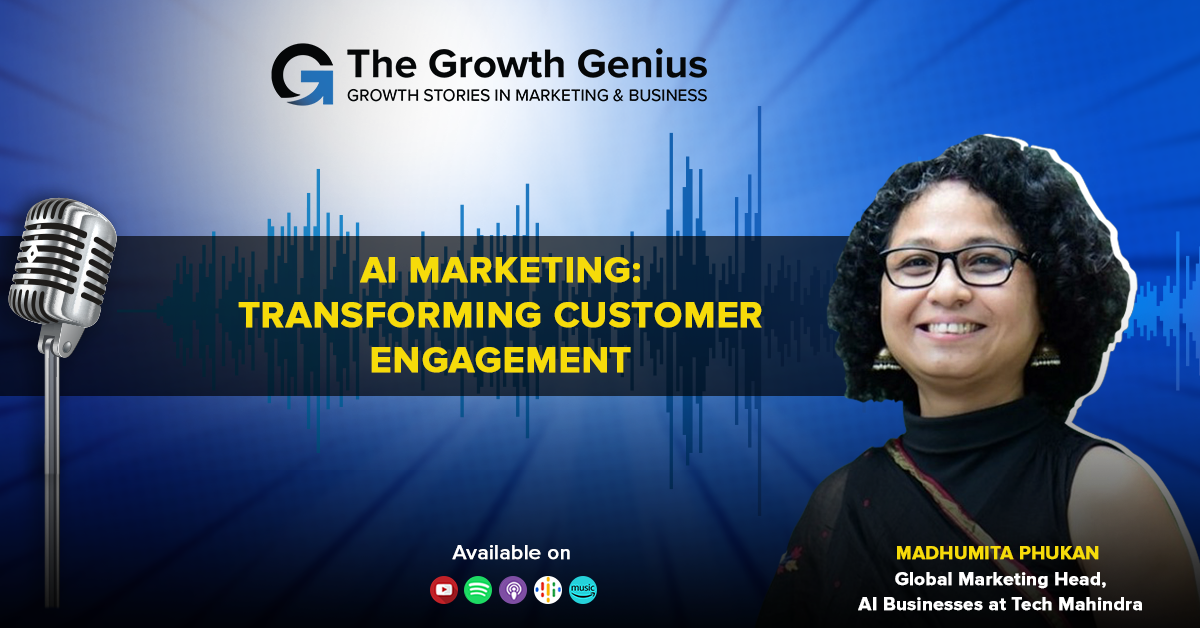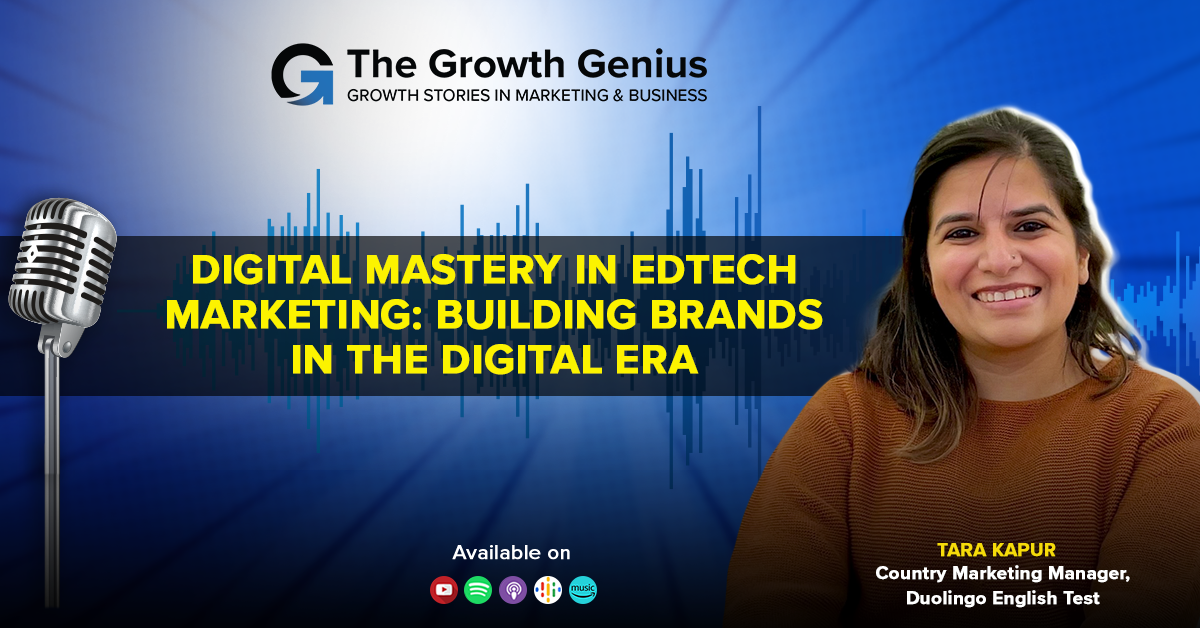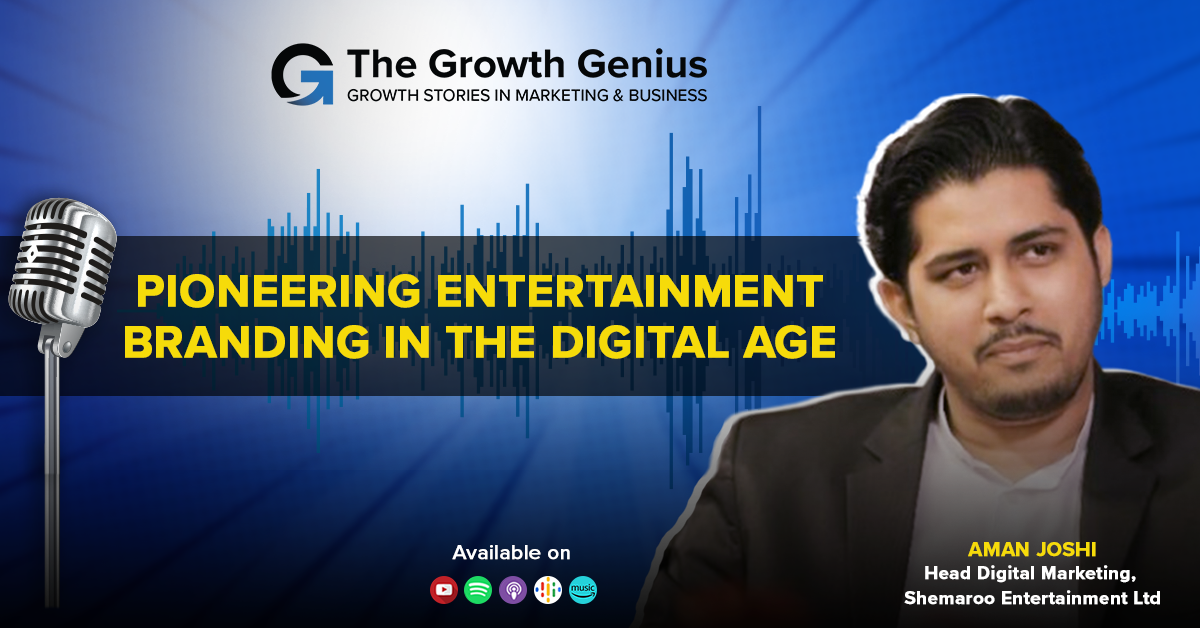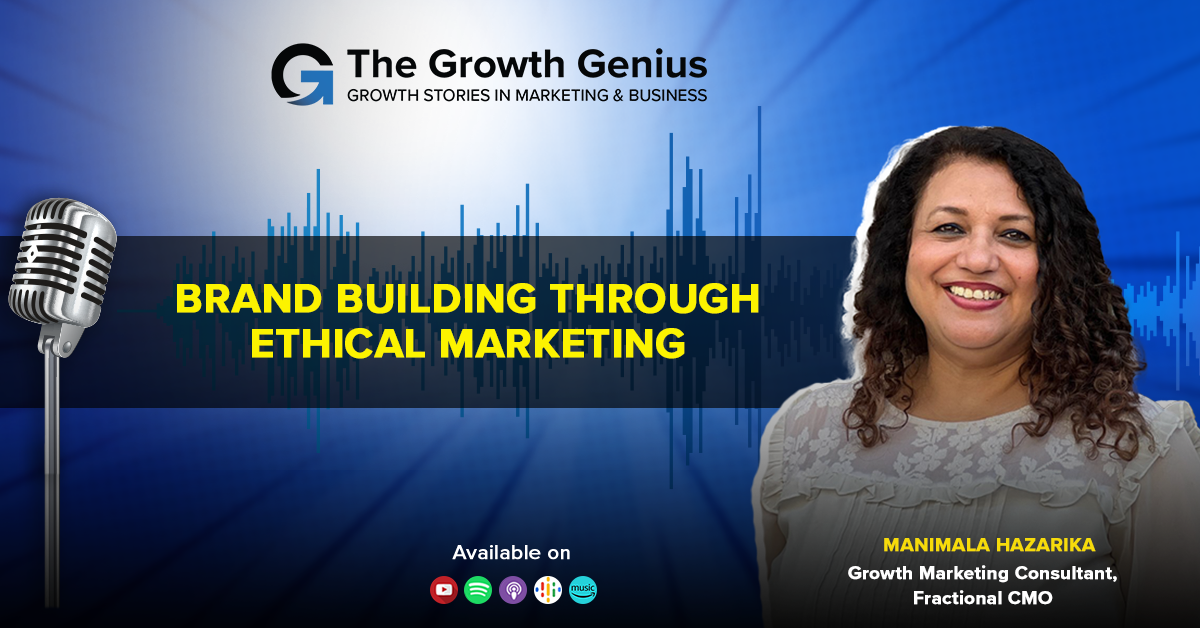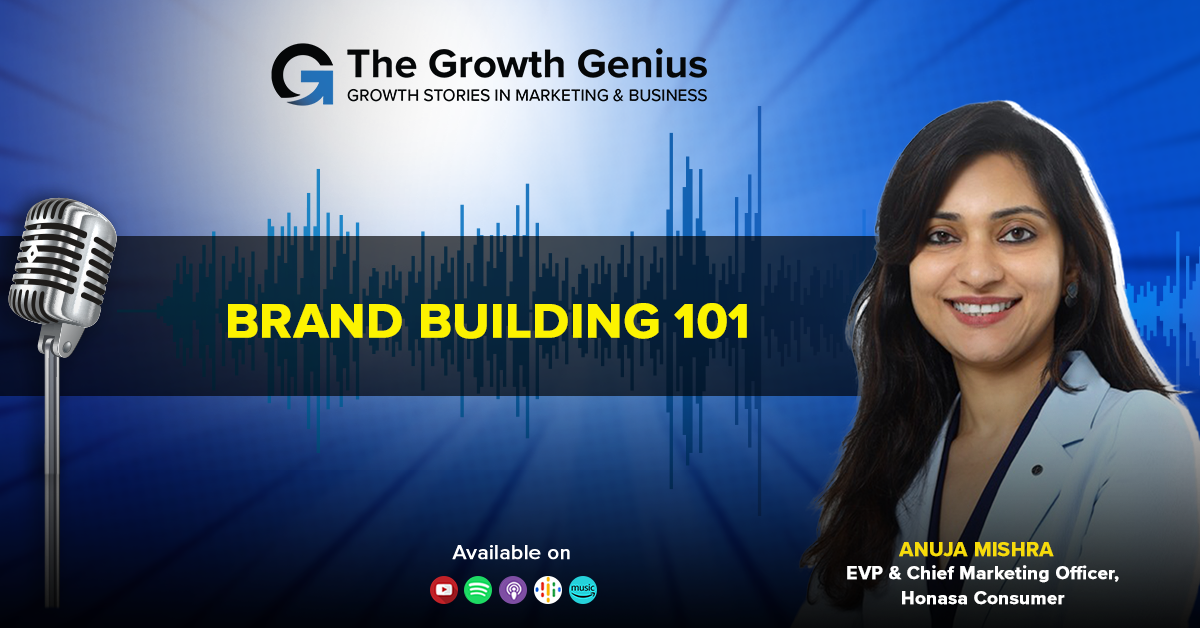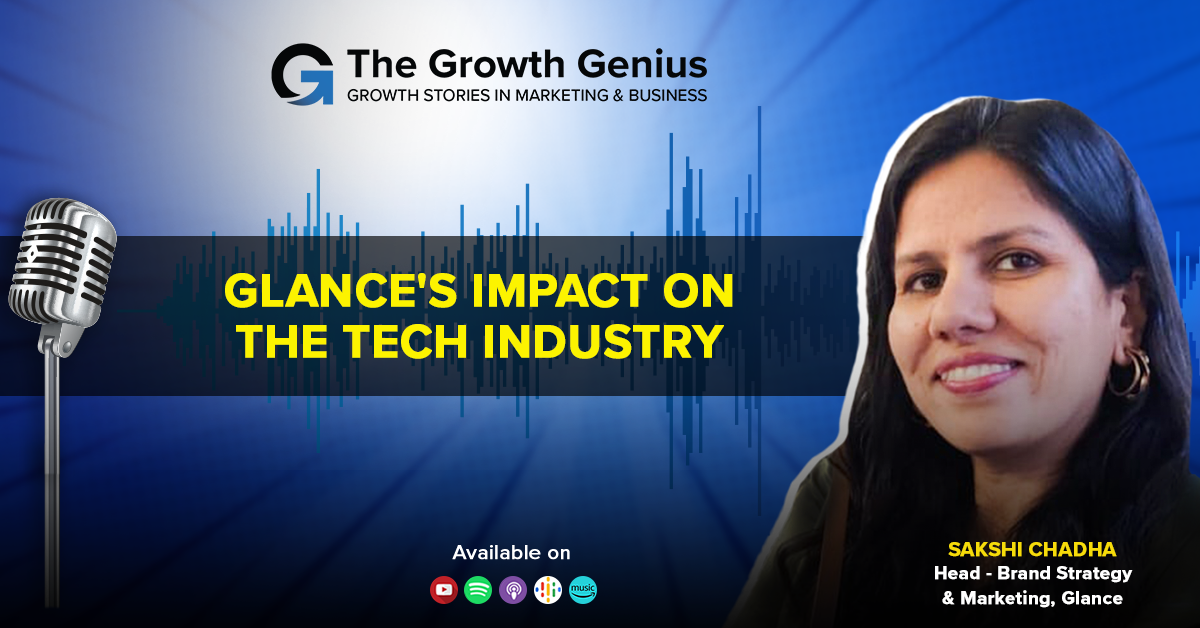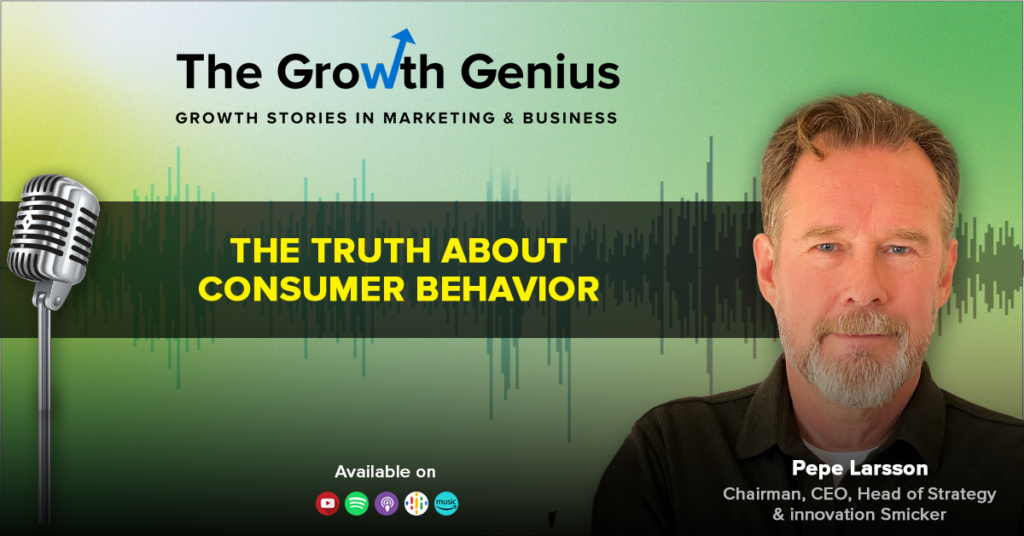
Witness an Increase in your ROI
Unlock higher rankings, quality traffic, and amplified conversions through tailored award-winning SEO strategies.
Listen on your Podcast app
Summary
Consumer behavior plays a crucial role in determining the success of a business. Understanding how consumers think, feel, and make decisions can help businesses tailor their strategies to meet their customers’ needs effectively. Consumer behavior encompasses various factors such as demographics, psychographics, and social influences that influence purchasing decisions. By analyzing consumer behavior, businesses can identify trends, preferences, and patterns, enabling them to develop targeted marketing campaigns and product offerings. Additionally, consumer behavior affects brand loyalty and customer satisfaction, which are essential for long-term business success. By staying updated with the latest consumer behavior trends, businesses can stay ahead of the competition and adapt their strategies accordingly. Ultimately, understanding consumer behavior is key to building a successful and sustainable business.
Key Take Aways
8 Key Takeaways for a Digital Marketer from the Blog:
- Understanding Consumer Behavior: Digital marketers should prioritize understanding consumer behavior as it directly impacts business success. By analyzing consumer preferences, marketers can tailor their strategies to meet customer needs effectively.
- Importance of Data Analysis: Data analysis plays a crucial role in understanding consumer behavior. Marketers should utilize tools and techniques to gather and analyze data, enabling them to make informed decisions and create targeted marketing campaigns.
- Personalization is Key: Consumers appreciate personalized experiences. Digital marketers should focus on delivering personalized content, offers, and recommendations to enhance customer satisfaction and drive conversions.
- Mobile Optimization: With the increasing use of smartphones, digital marketers must optimize their websites and campaigns for mobile devices. Mobile-friendly experiences are essential to engage and retain customers.
- Social Media Influence: Social media platforms have a significant impact on consumer behavior. Marketers should leverage social media channels to connect with their target audience, build brand awareness, and drive engagement.
- Importance of Reviews and Ratings: Consumers heavily rely on reviews and ratings before making purchase decisions. Digital marketers should encourage customers to leave reviews and actively manage their online reputation.
- User Experience Matters: A seamless user experience is crucial for business success. Marketers should focus on creating intuitive websites, easy navigation, and fast-loading pages to enhance user experience and increase conversions.
- Continuous Adaptation: Consumer behavior is constantly evolving. Digital marketers should stay updated with the latest trends, technologies, and consumer preferences to adapt their strategies accordingly and stay ahead of the competition.
Read Transcript
Pepe Larson: Marketing of today with digital transformation has made marketing very complex. It has taken focus from the emotional part of marketing and branding. So the CMOs have become more and more like inchargers… must start to work with the big insights that create the big great creative campaigns that make people emotionally involved in your brand.
Shelly Singh: Hello, everyone. Welcome to The Growth Genius series, brought to you by DMAasia and Infidigit. My name is Shelly, and I’m the Country Director – Americas at Infidigit. I’m also the Founder and Director at DMAasia. In this, The Growth Genius series, the world’s best marketers and business leaders are interviewed about the brands they have worked on, the successful campaign strategies they got noticed by their customers, and how they delivered better customer experiences to drive growth. In each episode, we want to share the big idea that inspires these marketers, the campaign trail they used to execute it, and how it all came together. I’m delighted to have today a special guest, Pepe Larsson, CEO and Head of Strategy at Smicker. He has 25+ years of brand experience, CX and customer relations in digi-physical ecosystems. In 2008, he founded Smicker, a visionary, insight-driven communication agency specializing in branded CX, loyalty strategies and concepts. He supports his clients to be in control and exposed to opportunities that result from digital transformation. Based on insights, innovations, and communication, his agency drives desired changes in customer behavior: a very warm welcome, Pepe.
Pepe: Thank you for having me.
Shelly: You have a very impressive profile, from a Graphic Designer to Art Director and then Creative Director to finding your agency. Tell us about your journey so far.
Pepe:- That’s right. Thank you. I started my professional journey as a Graphic Designer, and it came up since I have a bit of Dyslexia, and my main creative skills were in visual arts and graphic design. But then, after a couple of years, I moved to Germany, worked for Lowe Brindfors, and during that time, I worked as a Creative Director or Art Director. And learning an additional language made something to my brain. So maybe I fixed that part that couldn’t cope with text and structure. So I realized that I had a talent for strategy and analytics. So I think learning a new language has something to do with that. A few years later, I was the Regional Creative Director of Framfab, one of the fast-growing internet companies founded in Sweden. And we grew in the first four years to be in eleven international markets. And at the end of the internet era,2003, I became the Co-founder of a creative relationship marketing agency, and I brought my knowledge of digital brand experience to this area of CRM relationship marketing and direct marketing. And that was the beginning of an award-winning journey, and it continued with me founding Smicker in 2008.
Shelly:- Okay, so what does Snicker mean?
Pepe:- Smicker means flattery. It was a good way to show that we are not just talking to anybody with broad marketing. We are targeting direct communication in every sort you could find, And then you need to flatter the customer.
Shelly:- That’s a great name. So you also worked in Ikea for some time?
Pepe:- Yes, Ikea seemed to follow me during my journey. So I had four different periods where I worked with four different marketing approaches. The first time I worked with Ikea was four years in Germany as an Art Director, and we were launching about eleven stores, I think. We did tactical marketing and brand marketing for them. And then, I moved back to Sweden, and after a couple of years in the advertising business, I was hired by Framfab as a Regional Creative Director for six years, and we worked with Ikea. I was an aspiring partner in the Framfab team to develop Ikea’s first e-commerce website.
Shelly:- Wow, okay! You were with Ikea in the early days. Yeah! What are your current initiatives, and what do you think is most important to drive results for any brand or organization?
Pepe:- I think today’s marketing with the digital transformation has made marketing very complex, and it’s very easy that we get siloed. In my role today, I work with strategy and concepts within the intersection of brand experience, creativity, data and technology. And it’s very hard sometimes to find the right levers of growth in this area. So you need to focus. And that’s also why we work very hard with insights-driven. We try to learn how the consumers and the customers think about the products in daily life. And I think I share this challenge with most marketers, and what I’ve seen in the last decade, I’ve seen that complexity with creating an in-house agency, with working processes and way of working the marketing stack and everything. It has taken focus from the moving part of marketing and branding. So the CMOs have become more and more like inchangers. So they are working very structurally, And I think it’s hard to divide between the old times of marketing where you are much more focused on the big idea, the big emotional solutions that position a brand in that way. So it’s more short-term operational today than I thought before, but I will return to that later.
Shelly:- That’s very interesting. What you have just mentioned is that marketing has become very complex. Can you elaborate more on that? You’re saying you’re working at the intersection of brand experience, creativity, data and technology. So elaborate more on that. So what are your current initiatives? What do you do?
Pepe:- We try to balance both the tactical and emotional dimensions. I try to help my companies to buy the sites every day, always on the tactical advertising, where the insights are more built from internal sources like Google Analytics, performance data and behavioral data That will create growth just so much. So if you want exceptional growth, you have to look from a broader perspective. So I always try to help companies take in more external data. Some examples are taking customer feedback from customer service surveys, looking at market and competitor analysis, and comparing what’s going on. Where are the gaps you could fill or the potential? And also look at general studies and meta-studies to see the cultural trends and social trends that are emerging and not sell them. We also use ethnological studies because it’s so important today with data-driven marketing, it’s so easy that you make all your insights in the rear mirrors, so you drive blind for the future. You know everything about what happened and the historical data, but you’re blind to what will happen. And also, most of the research is made that way. So you have to look into the future because customer behavior is harder to predict…It’s dividing; it’s changing all the time. Customer behavior changes constantly, and it’s changing ever faster, every year, even faster. And it could be one of your most important segments or cohorts changing your business’s direction. But it could also be a cohort or a segment that is moving into your business. So you must see that to adjust the marketing and the offers bundling. And so it fits that opportunity.
Shelly:- Yeah, that’s right. Can you give us an example of a marketing campaign you have done recently and anyone you admire done by somebody else?
Pepe:- Yes, please do. I’ve been working very hard this year with Volvo cars. The automotive industry is in a big transforming state, as you know. We’re going from combustion engines to electrification. New software and features are built into the cars and big screens; you can even access features from your mobile phone via apps. And all these make it difficult for the customers because they find features in their cars that they’re not used to. And also one more thing with the automotive industry that is very uncommon is that after the purchase, the customer has to wait for several months, six to ten months before they have the product itself. And a lot of things could happen in their mind during that time. They could be anxious, have questions, and start to call the salesman and customer service. So you have to understand what’s happening in the customer’s mind. So we conducted three-month research on what was happening in our main segments’ minds during that time. What is the gain and pain point? What are the reflections and thoughts and need for information? And we started to map that up and build an onboarding that lasts for at least three months. And it’s a pre-delivery and a post-delivery. So the pre-delivery helps the customer to prepare. For example, if you buy an electric car, you must prepare a charging station at home, a public charging station where you live, or a garage close to your apartment. So it’s a lot of things to prepare and understand when you start using your car.
Shelly:- You’re helping Volvo cars marketing initiatives to help the customers get ready for the car they’re going to buy, right?
Pepe:- If it’s important to create a brand and brand experience, that’s a very important stage in the customer’s lifecycle.
Shelly:- Exactly! Yeah! That’s a great campaign. So what’s the result? What are the results you have seen with this campaign?
Pepe:- The result so far is that 94% of the customers have participated in the program and deepened their bond with the Volvo brand.
Shelly:- Okay, that’s wonderful. That’s a great number. So any other campaign you find very inspiring, which you like done by anybody else?
Pepe:- Yeah, I like the Adobe campaign where Adobe partnered with Billie Eilish last year because the campaign this year wasn’t built on insides like the one in 2021. And I liked it because it was built on the inside if you make the audience participate in the campaign.
Shelly:- I saw this campaign on video, and it’s a great campaign. Very impressed with customer insights and customer involvement. It’s a really interesting campaign.
Pepe:- Yeah.
Shelly:- Let’s get back to the top consumer trends. So what are the top three consumer trends you have seen post-pandemic in your country and globally?
Pepe:- Yeah! The consumer trends I can see now are mirrored by the fact that when we just got a hangout of the post-pandemic, we got this terrible war in Ukraine and Europe. So the Swedish market and the European market are very affected by that. And it means that we have to deal with increasing interest rates, high inflation and increased fuel and energy prices at a level that we have never seen before. So we’re just going into a depression and don’t know how far it will go. But everybody says it’s not going to last very long. It will be a big dip, and hopefully, we will go up further. So the trends I see are, of course, very influenced by that. The first is that consumer wallets are shrinking. This will be hard for everyone for retail specials, durable goods, decreased loyal behaviors, and the shift to low-cost options. And we can see that now very early, in the last four months, we could see in the grocery chains that the major grocery chains in Sweden are losing many customers to the low-cost grocery chains. So two of them have gained a great deal. That’s the early signs of depression, I think.
Shelly:- Yeah, that’s the consumer trend, which is, I think, everywhere that there is no brand loyalty and consumers are buying no-name brands and going for the value now.
Pepe:- Yeah, they go for the price value.
Shelly:- Yes!
Pepe:- And then I see the second trend. I see it has not yet started, but when the depression leaves, and we see in mid-end next year that the companies are going to invest again and the consumption is taking off, we will see a big shift to sustainability. I think during these enormous high prices on fuel and energy, we seek to alternate energy sources and electric cars and such. So I’m going to see that all over the sectors. So I think that will be the driver of the depression.
Shelly:- Yeah, that’s right. And anything else you see, any other consumer trends you see in your country or globally?
Pepe:- Yes, in Sweden and globally, artificial intelligence will take further steps into our lives and marketing. One part is that we can see real-time integration to the consumer to support the consumer experience and the customer experience. The other part is decision support and the support of teams, analytic teams, creative teams and management teams. And one of my friends in Denmark is a Creative Director of an agency. He hired two artificial intelligence software in his creative team to try them out, and he wrote a very good article about that in the Danish papers and shared it on LinkedIn. And he was very pleased to have them in the team. He said they would not make him lay off human creativity.
Shelly :- Yes,
Pepe:- But they were very supportive, and he said that if it’s this good today, imagine what it’s going to be tomorrow. And I’ve tried some of them – Open AI and DALL·E 2, and they are free for everyone. You can find it, Google it, and you find it. And it’s amazing what they can do. And this is only the beginning. So even if you think that that’s not so much. It’s very good. It’s amazing. Wow, that’s great.
Shelly:- So what should the marketers do this quarter next? So what should the marketers do this quarter next year and for a horizon of three to five years to overcome these challenges and regain consumer trust and loyalty? So what should they do?
Pepe:- Well, I think first of all, if you haven’t shifted into Google Analytics 4 this year, because, at the beginning of June next year, you’re not going to be able to use it. You can use the Historic in Universal Analytics, but you can’t do anything further. And it’s complex to start with, but you’re going to gain a lot of great new features. So do it, don’t wait. Next year I think there’s going to be a global recession in some cases, and I think you should foremost take care of your existing customers and do it throughout the customer lifecycle and journey. Try to understand all your important segments, the needs and the drivers in the context of situations in every phase of the journey. And to that, monitor and act on changing needs and drivers and behavior that could be a threat or create an opportunity so you can act on it before it’s too late. So due to that, shopping your offer and communication in every part of the life cycle and seeing that you have data capabilities needed to be relevant for your customers.
Shelly:- So that’s for this year and the next three years. What do you think? What should marketers do?
Pepe:- Well, I think we have focused for a very long time on the marketing stack, on being data-driven, getting all this machinery to work and creating automated relevant content and offers to consumers and customers. But in three years, this will not be unique or make a position or be a competitive edge. So if you haven’t done it yet, you must start. So if you haven’t done it yet, you must start working with big insights that create great creative campaigns that make people emotionally involved in your brand and be attracted to it and seduced by it. It’s too much engineering; it’s too much logic. And I think the consumers would open their wallets and hearts to a brand that acts like a friend and something that they want to look up to.
Shelly:- Yeah, that’s so true. Let’s talk about five years as well. Do you think something, or do you have some insight you can give us? What should we do in the next five years as well? I know it’s a wild guess.
Pepe:- I don’t know what I will do in five years. It’s very far ahead to predict, but I wouldn’t be surprised if we would have even more digital platforms for marketing and tools for marketing and social media will have developed a lot. I think. We don’t know what is going to happen with the metaverse. Some say it’s a product to be dead by arrival, but we don’t know. We haven’t seen it yet. The only thing we can know is that consumer behavior will be even more unpredictable. The disruption of the behavior is the next trend, I think. And then, it will be even more important to learn how to create predictive insights, not historical data insights.
Shelly:- Great insights! There are great insights. And let’s talk about it now after half an hour, tell us about yourself. What passion do you follow not only to unwind but also to get inspired?
Pepe:- Yeah, I love nature. I’m sitting in conference rooms, traveling to customers and sitting in front of my computer. I like being outdoors. It gives me energy. So I’m off and out with my kayak paddling or fishing, or we’re going on a boat tour and then hiking in the woods, and I’m hunting too. So as often as I can, I want to be outside. I think it’s not only for relaxing. It helps me to open my mind, reflect and to focus on what’s important in life and at work. So many good ideas come up when I’m sitting there waiting for prey. So that’s important for me. And I think most weeks are very into being out in nature. It’s almost a religious feeling for us. It’s like meditation.
Shelly:- That’s wonderful. I can understand that. When you connect with nature, it’s like meditation. You’re near God, right? So that’s wonderful. So how can our viewers find you and connect with you?
Pepe:- Well, of course, you can connect with me on LinkedIn at Pepe Larsson, and you can find me at smicker.se, our website. And, of course, if you want, you can send a message over email.
Shelly:- That’s great! That’s wonderful! Thank you so much, Pepe. It was wonderful to have you on this show. To everyone who’s watching this show, please Subscribe to this channel. Also, watch this space for the next episode of The Growth Genius series. Till then, peace! Thank you so much.
Popular Searches
Technical SEO Audit Services | Google Penalty Recovery | Local SEO Service Provider | Amazon PPC Services | Enterprise SEO Consultant | Best Ecommerce SEO Company | ASO Services | Content Marketing Services | Conversion Rate Optimization Services | What is Google AdWords | What is Google Analytics | Google Ranking Factors | SEO Tools | What is Google Tag Manager
How useful was this post?
0 / 5. 0

